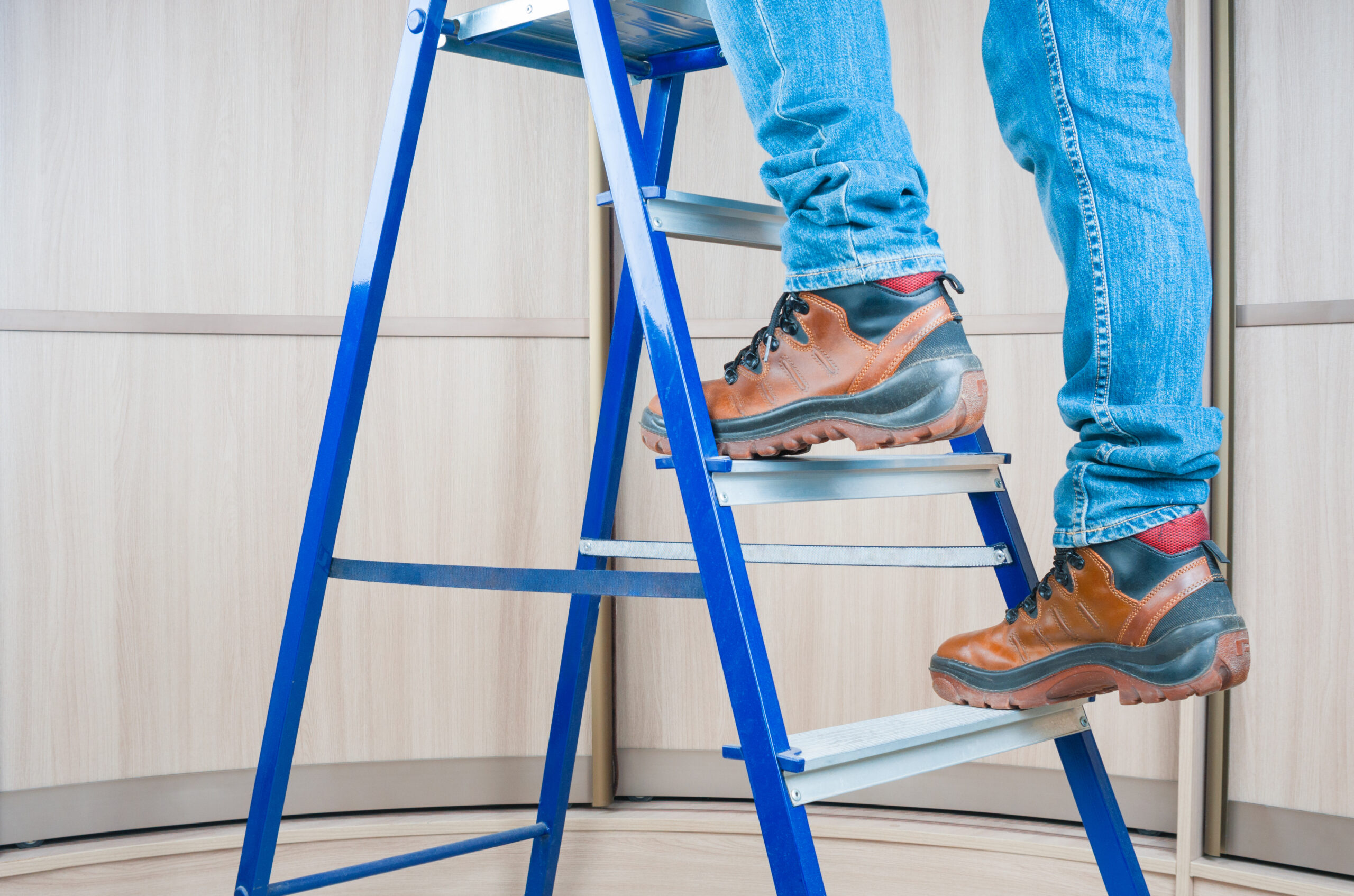Beat the Heat — Keep It Cool

Summer is the time when everyone wants to be outside — for cookouts, baseball games and even outdoor team-building exercises. However, as an employer, you should be watching your staff for heat-related illnesses and providing them with opportunities to cool off. Here, CM Regent offers some important information about how to stay safe in the heat.
What is heat index?
Heat and humidity — the amount of moisture in the air — combine to form the heat index, which is a way to measure how the air affects the human body. The National Weather Service provides a calculator for determining the heat index based on heat and humidity. When the heat is high but the relative humidity is lower, it is less dangerous than when the humidity is higher. According to the National Weather Service, a heat index of 103° F is considered dangerous.
How do you protect your staff?
Supervisors should instruct their employees to:
- Drink plenty of fluids. When you stay hydrated, your body sweats, which allows it to maintain a normal body temperature.
- Eat light. When you take in more calories, your body produces more heat, which can cause it to become overheated when the heat index is high.
- Choose appropriate clothing. Cotton allows skin to breathe and absorbs sweat. Also, you should wear lighter colors that reflect heat and sunlight — dark colors absorb heat.
- Protect against sunburn. Of course, sunburn by itself harms the body and can lead to skin cancer. But it also affects your body’s ability to cool itself. Choose a sunblock with a sun protection factor (SPF) of at least 15 and reapply every two hours.
- Take extra precautions with certain medications. Some medications can cause the body to become even more sensitive to heat, leading to dehydration and possible injury or death. Make sure employees know any side effects for medications they are taking.
As a supervisor, you should be:
- Watching for warning signs of heat illness among your workers.
- Making adjustments to workload distribution to reduce heat strains, i.e., rotating workers in and out of the hottest and most strenuous jobs.
- Giving employees more frequent breaks — especially if they need to use personal protective equipment that makes them even more susceptible to heat exhaustion.
In most situations, people suffer from heat illness when they don’t recognize or ignore the signs and symptoms. Together, you and your employees can work together to stay safe.




